Evaluation of Dust Explosion Hazards, Prevention, and Control Measures
VerifiedAdded on 2023/06/15
|23
|1815
|431
Essay
AI Summary
This essay provides a comprehensive overview of dust explosions, focusing on their causes, consequences, and prevention strategies within industrial settings. It identifies key conditions necessary for dust explosions, including the presence of an oxidant, ignition source, dust dispersion, confinement, and combustible dust, further elaborating on specific ignition sources such as smoldering nests, hot surfaces, and electrostatic discharges. The essay highlights the significant industrial losses resulting from dust explosions, referencing a study that quantifies property damage across various sectors like woodworking, food processing, and metal processing. Furthermore, it details several prevention methods, including full confinement, ignition isolation, partial inerting, explosion discharging, and automatic explosion prevention, alongside essential controlling measures such as dust control, ignition control, explosion relief, and the use of personal protective equipment. The essay concludes by emphasizing the importance of adhering to safety laws and guidelines to mitigate the risks associated with dust explosions, ultimately aiming to protect equipment and personnel in hazardous environments; access more solved assignments and past papers on Desklib.
1 out of 23

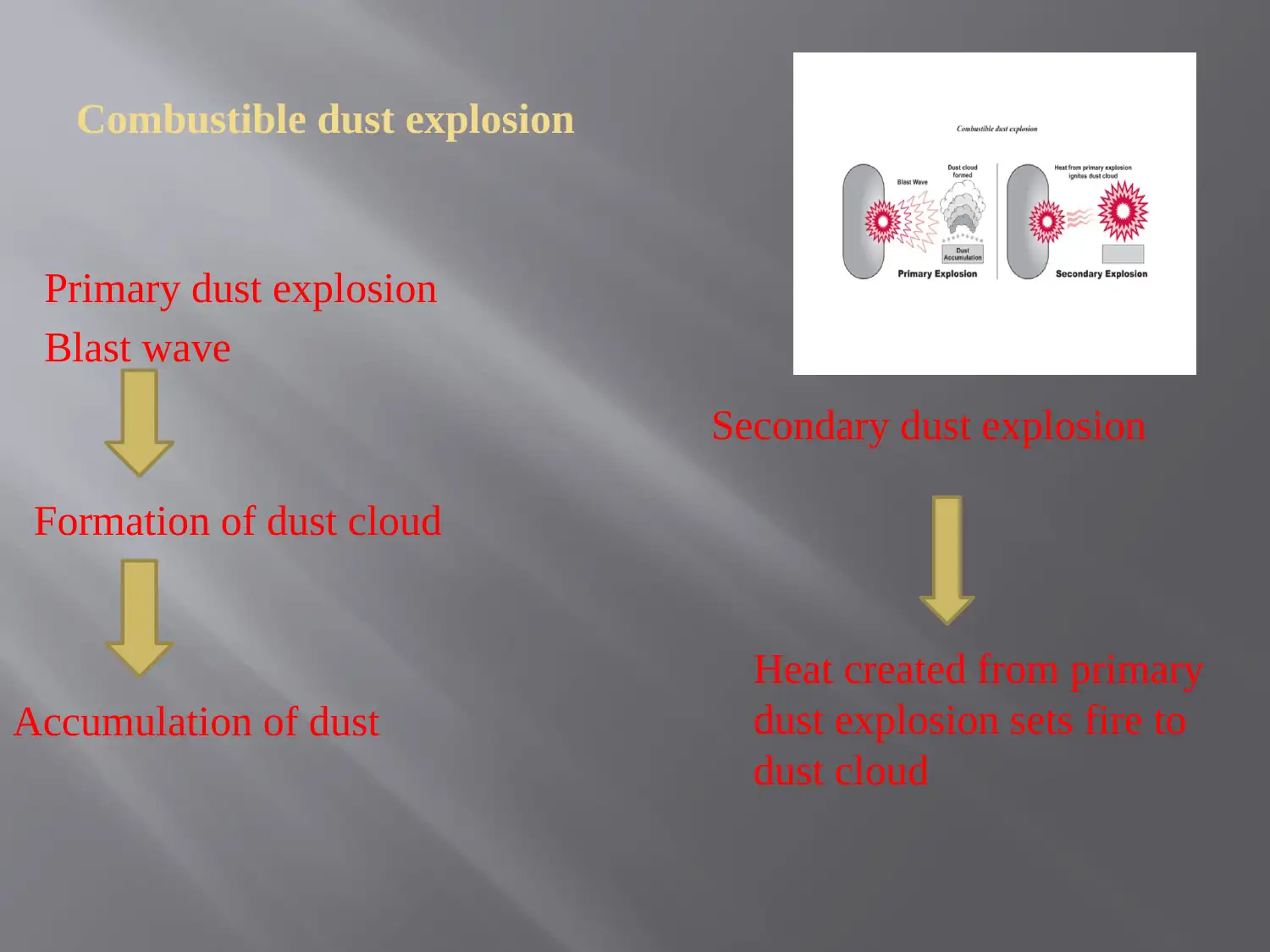


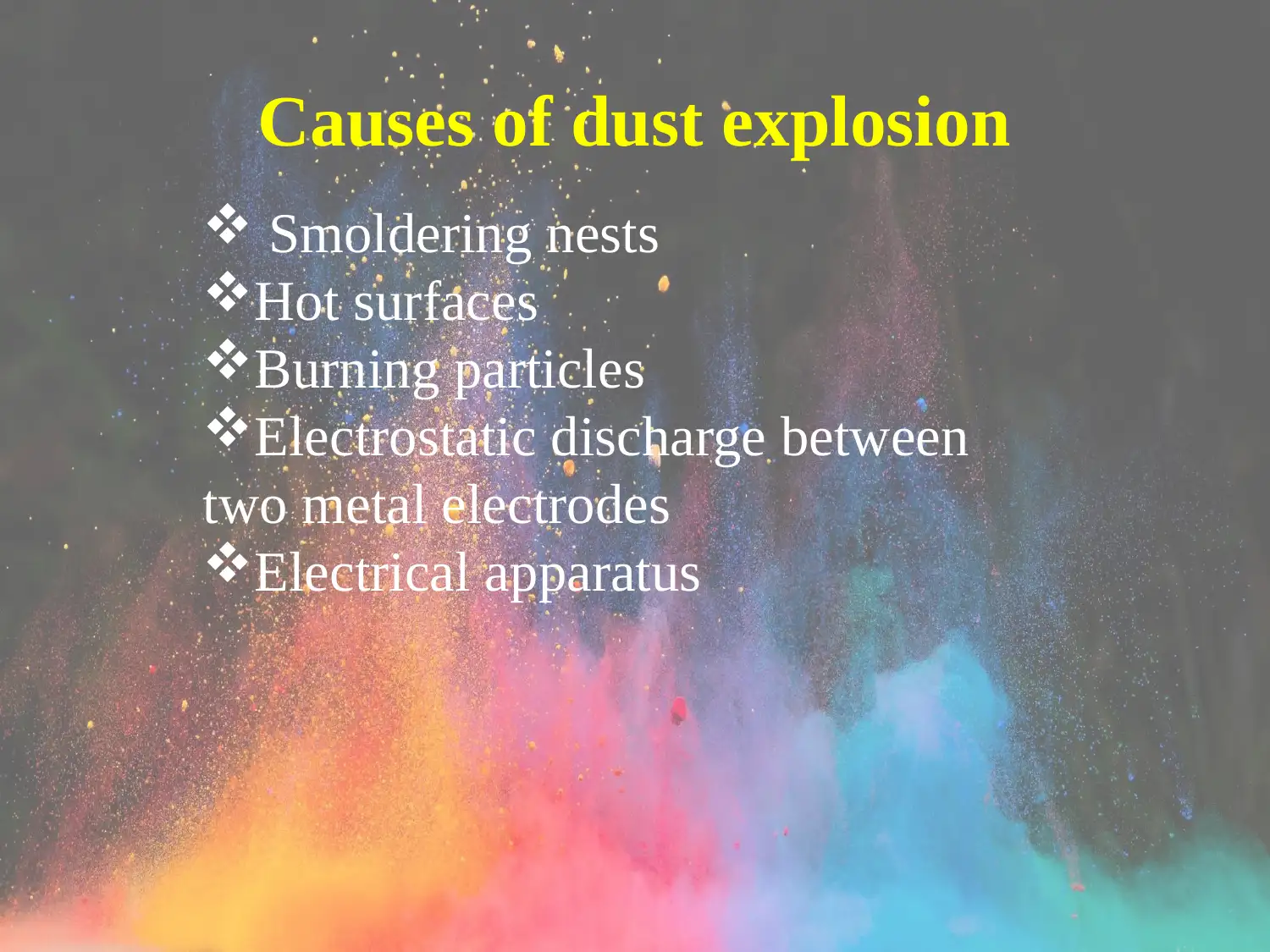
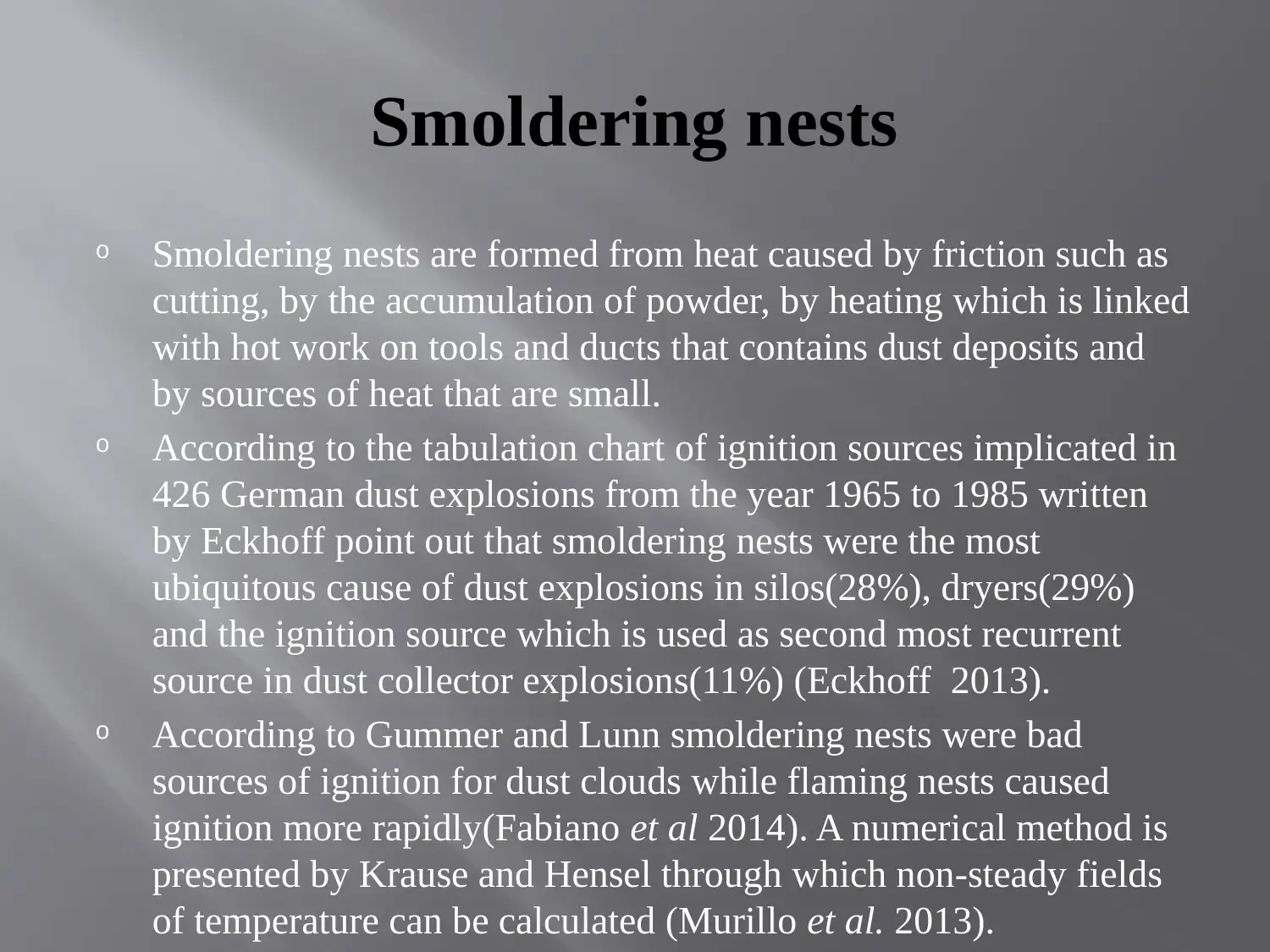
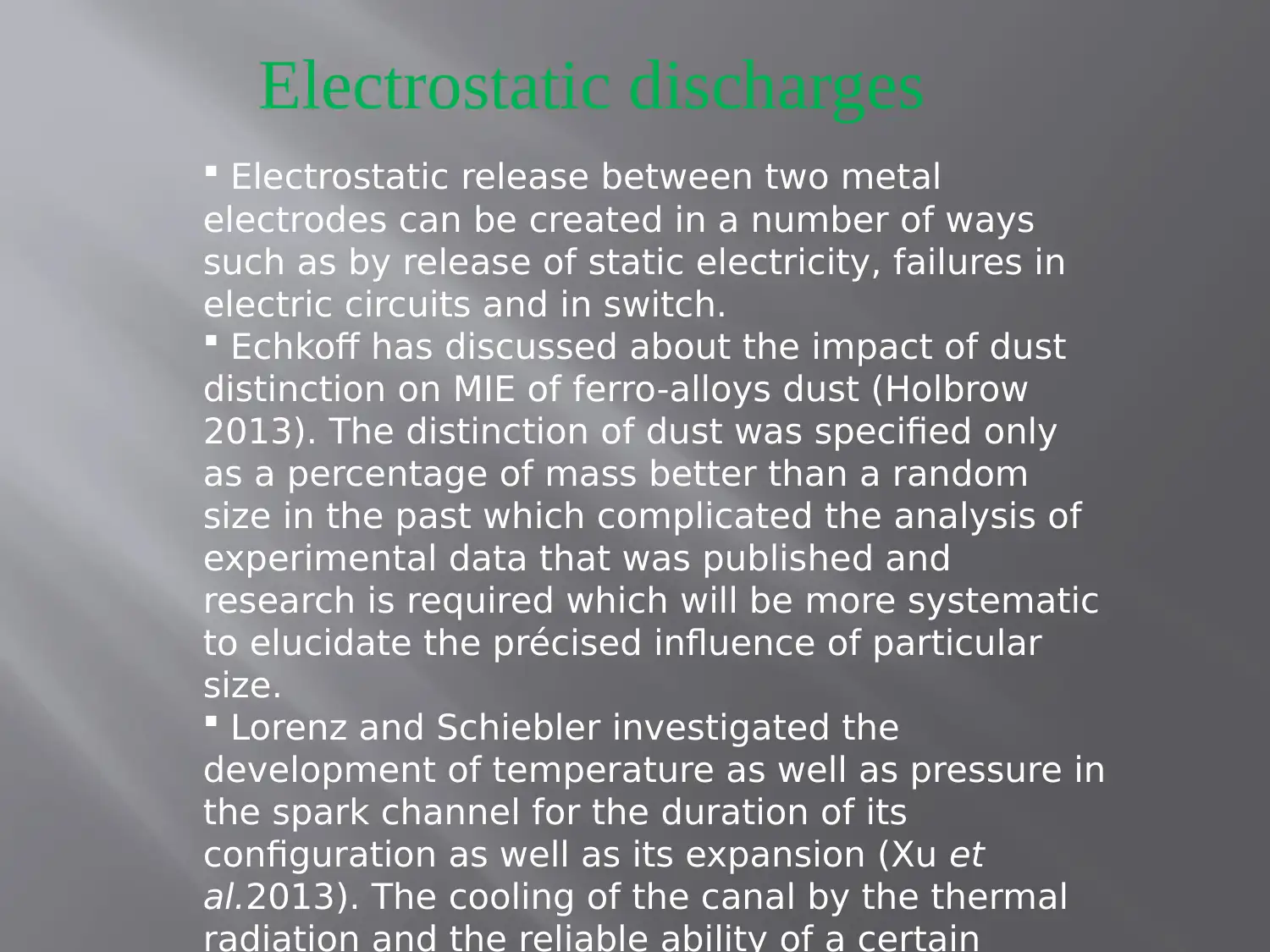
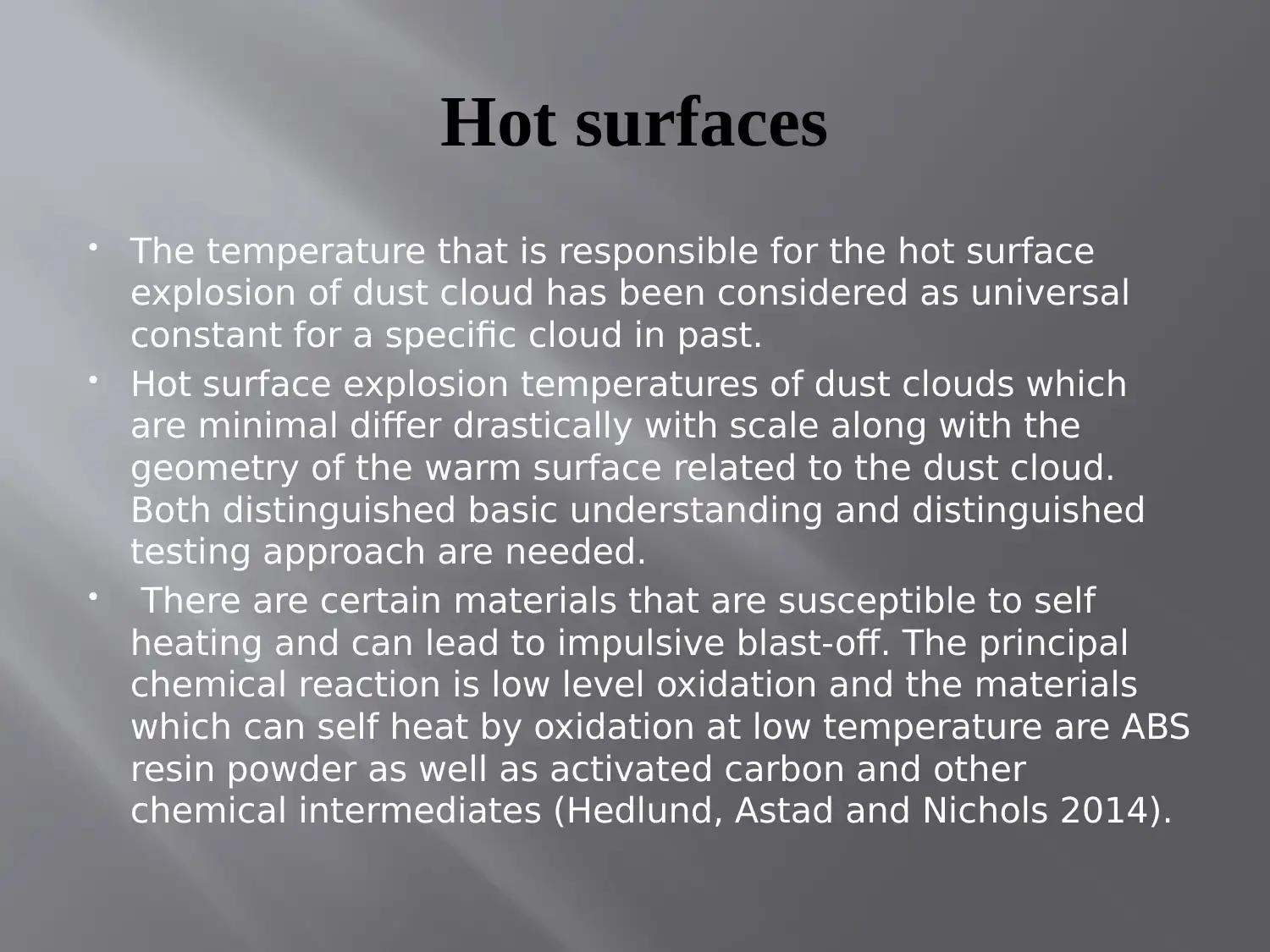

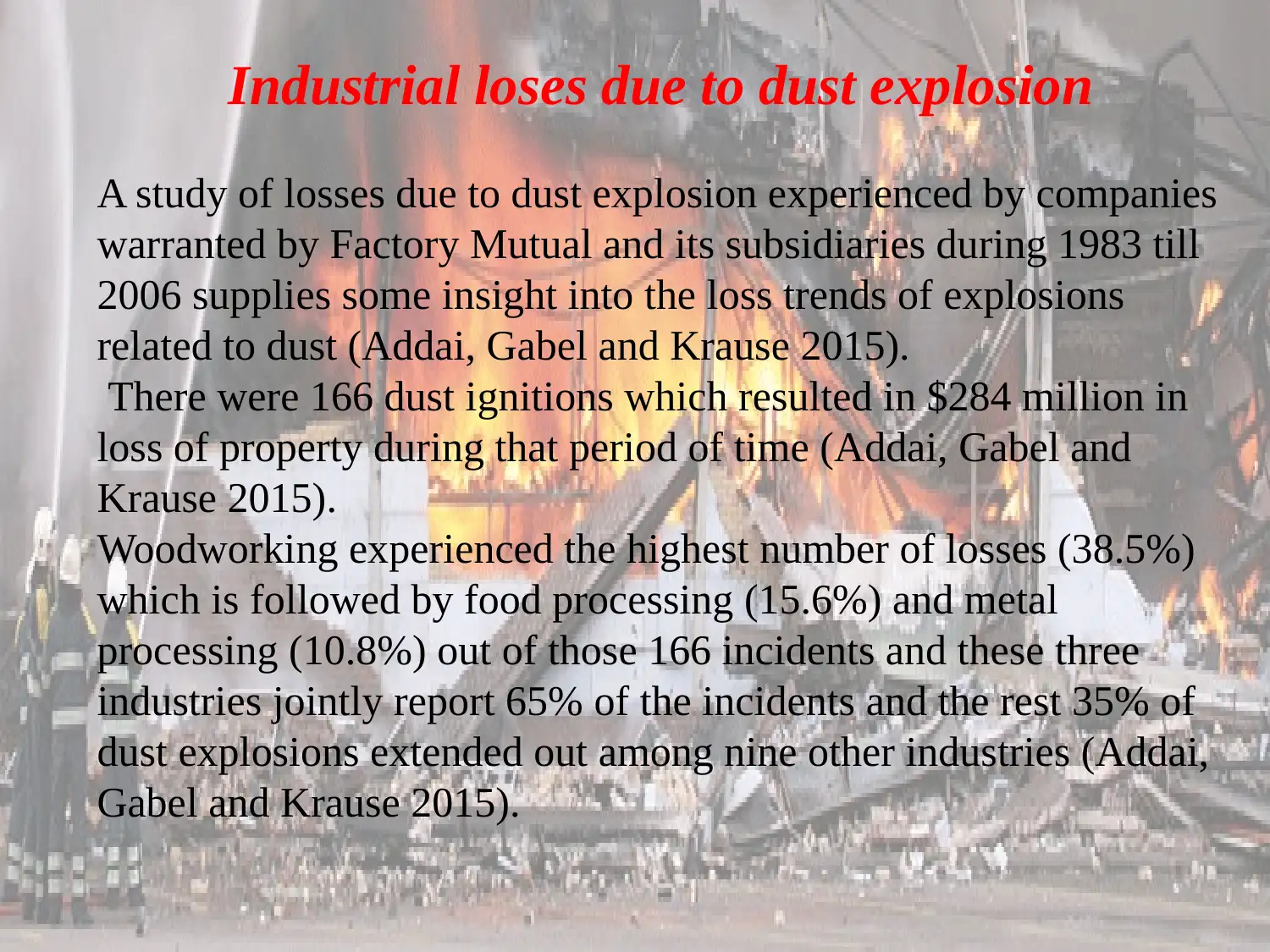

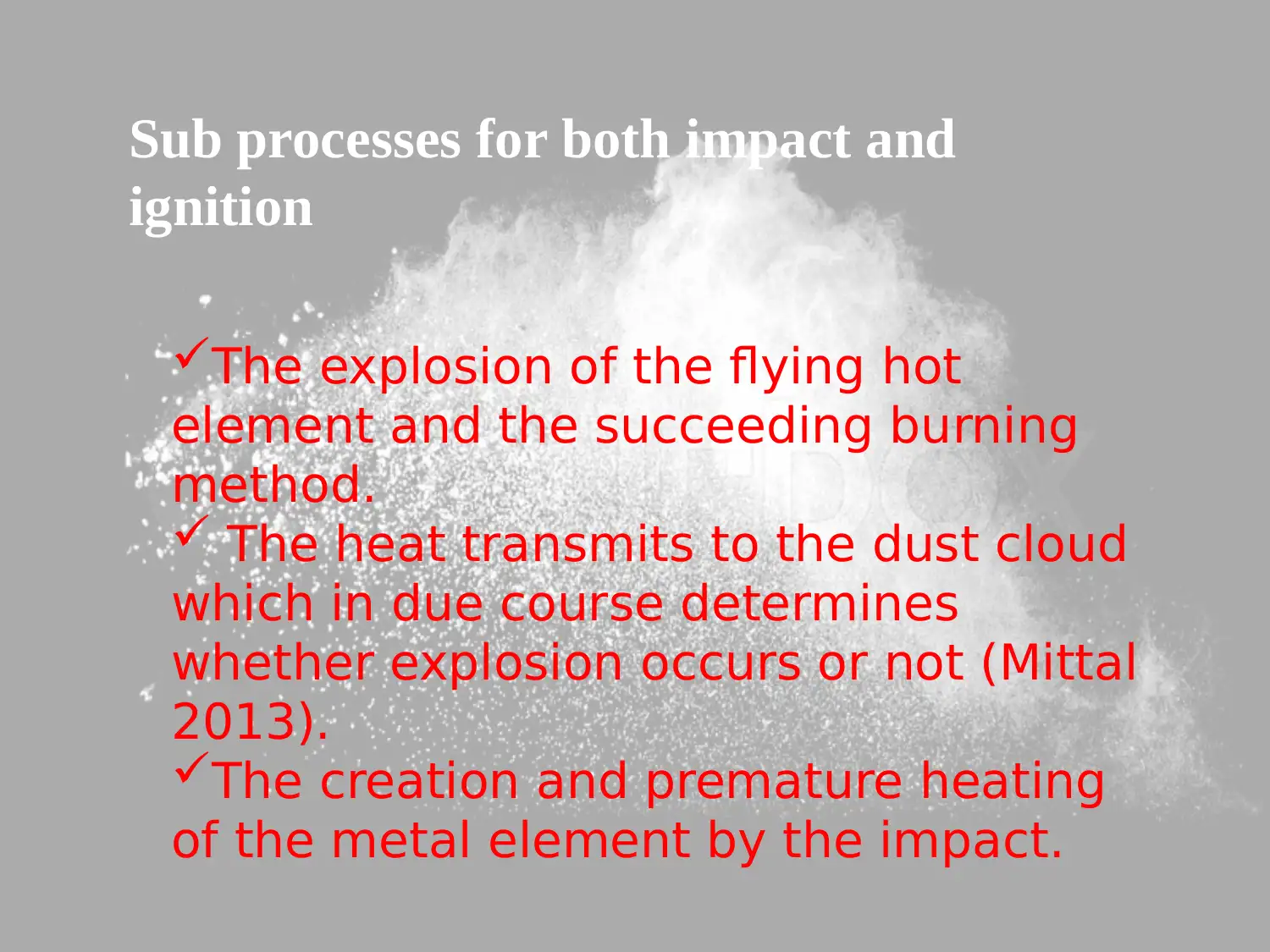


![[object Object]](/_next/static/media/star-bottom.7253800d.svg)